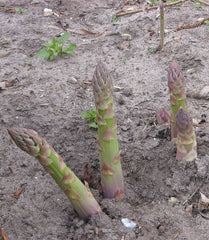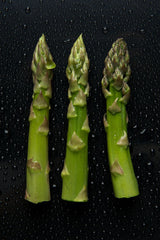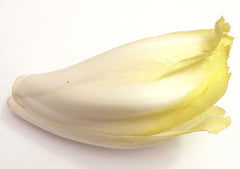Hippophae Rhamnoides, Sea Buckthorn
A very ornamental plant, it is occasionally cultivated, especially in N. Europe, for its edible fruit.
Succeeds in most soils, including poor ones, so long as they are not too dry. Grows well by water and in fairly wet soils.
Established plants are very drought resistant. Requires a sunny position, seedlings failing to grow in a shady position and mature shrubs quickly dying if overshadowed by taller plants. Does well in very sandy soils. Very tolerant of maritime exposure. Plants are fairly slow growing. Although usually found near the coast in the wild, they thrive when grown inland and are hardy to about -25°c.
Very tolerant of maritime exposure, it can be used as a shelter hedge. It dislikes much trimming. A very thorny plant, it quickly makes an impenetrable barrier. Sea buckthorn has an extensive root system and suckers vigorously and so has been used in soil conservation schemes, especially on sandy soils. The fibrous and suckering root system acts to bind the sand. Because the plant grows quickly, even in very exposed conditions, and also adds nitrogen to the soil, it can be used as a pioneer species to help the re-establishment of woodland in difficult areas. Because the plant is very light-demanding it will eventually be out-competed by the woodland trees and so will not out-stay its welcome.
A yellow dye is obtained from the fruit. A yellow dye is obtained from the stems, root and foliage. A blackish-brown dye is obtained from the young leaves and shoots.
Wood - tough, hard, very durable, fine-grained. Used for fine carpentry, turning etc. The wood is also used for fuel and charcoal.
This species has a symbiotic relationship with certain soil bacteria, these bacteria form nodules on the roots and fix atmospheric nitrogen. Some of this nitrogen is utilized by the growing plant but some can also be used by other plants growing nearby.
Plants produce abundant suckers, especially when grown on sandy soils.
Sow spring in a sunny position in a cold frame. Germination is usually quick and good although 3 months cold stratification may improve the germination rate. Alternatively the seed can be sown in a cold frame in the autumn. Prick out the seedlings into individual pots when they are large enough to handle and grow on in a greenhouse for their first winter. Plant out in late spring into their permanent positions. Male seedlings, in spring, have very prominent axillary buds whilst females are clear and smooth at this time.
Edible uses







![Photo By Javier martin (Own work) [Public domain or Public domain], via Wikimedia Commons.](http://www.openpollinated.co.uk/cdn/shop/products/1_1848368c-407e-423a-b2d2-d85f56ea2552_medium.jpeg?v=1510586924)